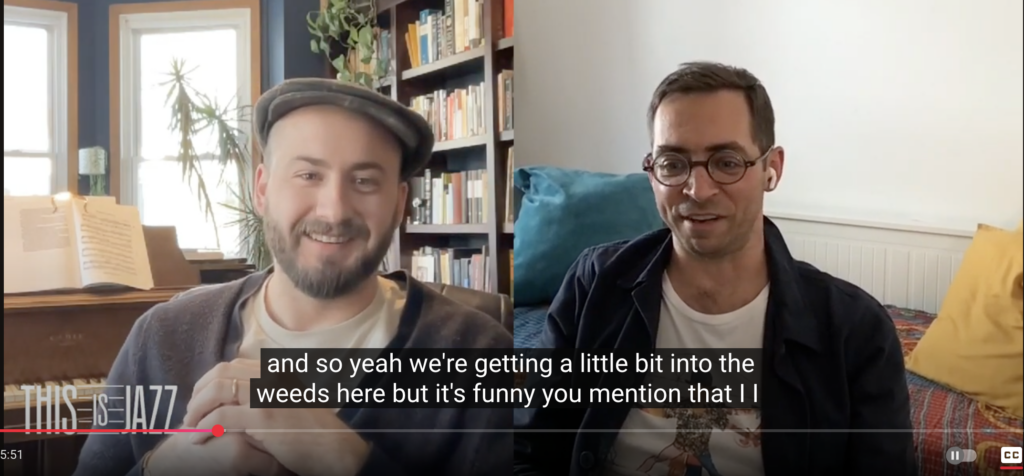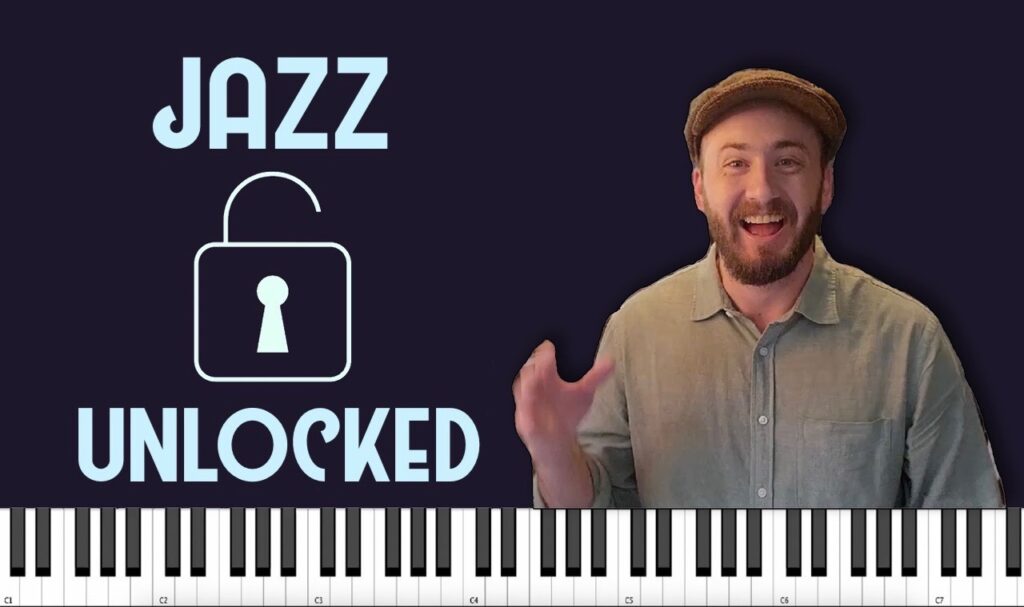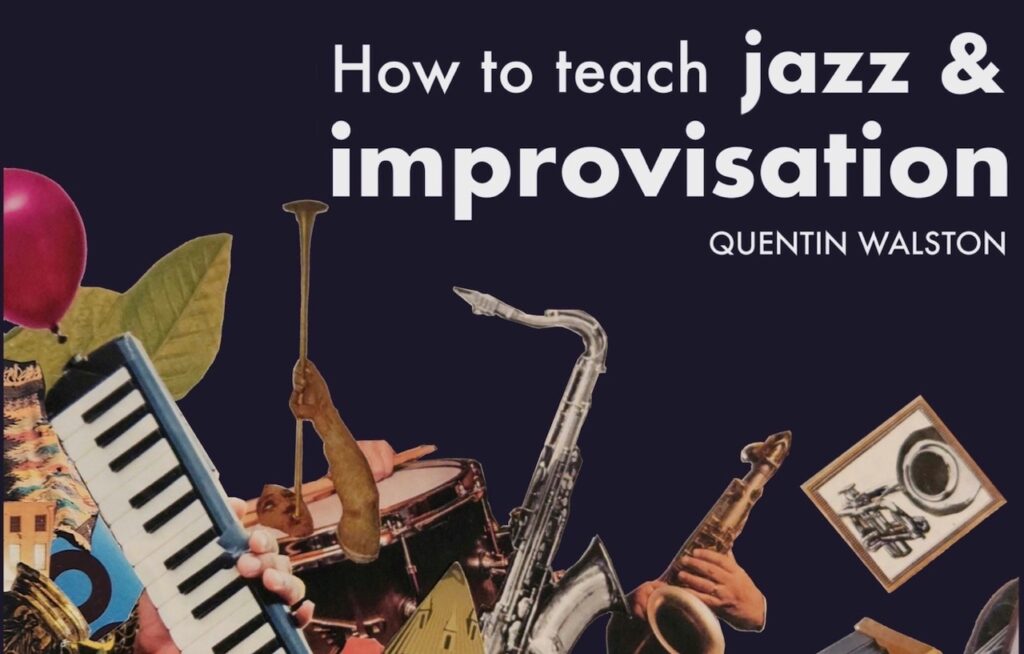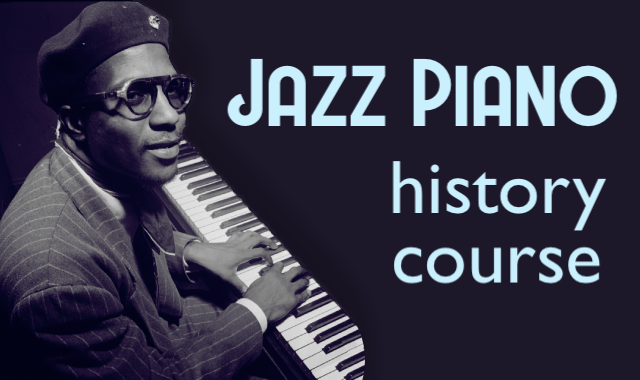A conversation on how to develop a unique jazz sound and learn from your inspirations
In the world of jazz piano, few artists have carved out as distinctive a musical identity as Aaron Parks. His approach to improvisation, composition, and musical expression goes far beyond the notes themselves. Understand Parks’ creative process by delving into what he describes as “musical gesture” – a concept that might revolutionize how you think about your own playing (or teaching).
I recently had the privilege of sitting down with Parks for an in-depth conversation about his musical philosophy, influences, and approach to finding one’s voice in jazz. What emerged was a refreshing perspective that challenges conventional jazz education while offering profound insights for musicians at any stage of development.
Beyond Technique: Cultivating Musical Identity
Before I dive into what “musical gesture” means for Parks, it’s important to discuss one of his philosophies about creating (or cultivating) one’s musical identity. Some music educators and players think of jazz language as a something you build by constantly and forcibly adding content to. E.g. “learn a new lick every day”. Aaron Parks’ has an approach that is more organic and less rigorously constructive.
“The way that I’ve come to think about music and this idea of finding one’s own sound is less as something that should be sought out,” Parks explains. “It’s more something that you cultivate the conditions for it to arrive.”
This perspective stands in stark contrast to what Parks sees as a problem in traditional jazz education – an overemphasis on discrete skills and technical proficiency at the expense of personal expression.
“A lot of focus, especially in school environments, is on discrete skills,” he says. “Learn how to do this little thing. Here’s the 2-5-1 pro hack that’s going to hook you up. It’s sort of BuzzFeed-style improvisation headlines.”
While acknowledging these skills have value, Parks believes this approach can inhibit genuine musical expression. “Sometimes we lose sight of what feels correct to me,” he observes, comparing it to “showing up on a date with pickup lines.”
Musical Gesture: The Shape of Ideas
So how do you grow in your ability to play and improvise in fresh ways if not by practicing discreet skills? One of the most fascinating concepts Parks discusses is the importance of “musical gesture” – a way of thinking about music that transcends the specific notes being played.
“What I think is very valuable to listen to in music, that sometimes we forget, is really paying attention to the gesture more than the notes,” Parks says. “What is the shape of the idea? Thinking kind of visually, is it something that lands kind of flat-footed? Is it something that swoops in and touches down gently? Or maybe just misses, like artfully skids past?”
This focus on musical shape and contour offers a refreshing alternative to the note-centric approach that dominates much jazz education. It’s about conveying meaning through the overall shape and delivery of musical ideas rather than merely playing “correct” notes.
For example, an Eric Dolphy solo may start with a cascade of giant leaps of dissonant intervals. To Parks, that gesture is enough to springboard boundless creativity. Figuring out each individual not is not important. Or perhaps a gesture can be a sequence of rising chords in an Ahmad Jamal recording. The gesture is inspiring in itself, he can add his own chords in the context of a specific tune later.
Essentially, Parks is thinking in broader terms. He’s inspired by the shape of an idea, the suggestion of a melody, rhythm, or phrase. By internalizing this, he is being inspired by the masters while also allowing his own creativity to come out when he plays his own version of the gesture.
“Allowing ourselves to be honest with ourselves about ‘Hey, what is catching my ear right now? What do I like?’ and letting, almost by a sense of smell, ‘Ah, right now this is what I’m interested in’ and following this pretty intently, intensely for a while.”
This passionate approach allows for deep listening, deeply internalizing the music, and not just mimicking ideas note-for-note when it comes time to play.
“The importance of listening to music – I know that’s a very simple thing to say – but listening to a piece of music over and over again until it becomes a part of you,” Parks stresses. “Not only listening in sort of an extractive sense of ‘I’m going to listen to this and transcribe it, and then I’ve got something useful.'”
He encourages musicians to be honest with themselves about what truly resonates with them rather than feeling obligated to check boxes on a historical listening list.
Conclusion
This idea is so important for musicians to understand and utilize. I find that playing based on a gesture is so much more freeing and representative of my own creative voice as opposed to trying to insert a note-for-note Coltrane lick into my solo. Listen to the greats, instill their concepts, and allow your creativity to shine through!
You can watch the entire Aaron Parks interview right here at This Is Jazz by visiting here!
Ready to learn more about jazz for your playing? Or as a teacher, are you ready to boost jazz in your lessons or classes? Check out our amazing courses! Lifetime access and on sale now!



